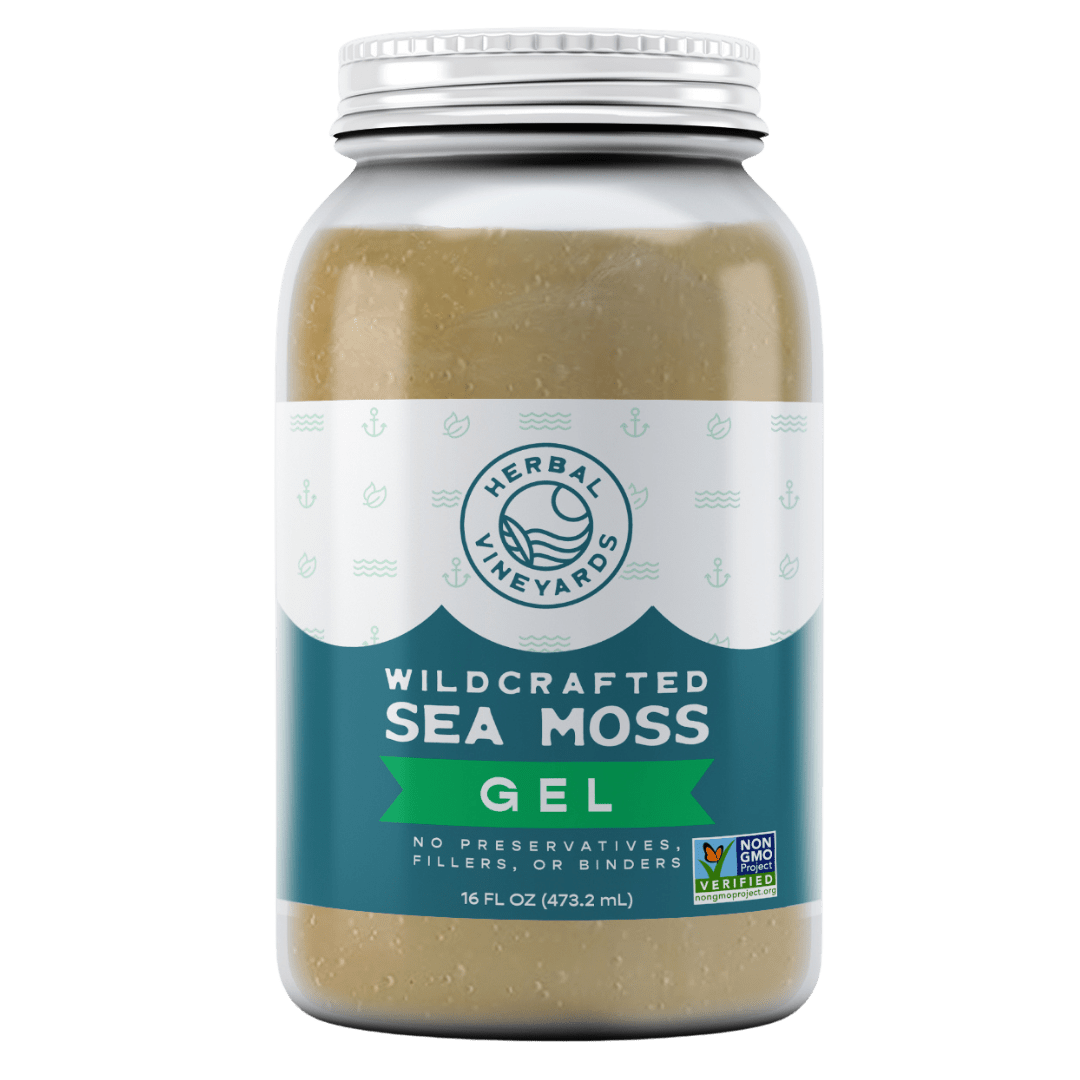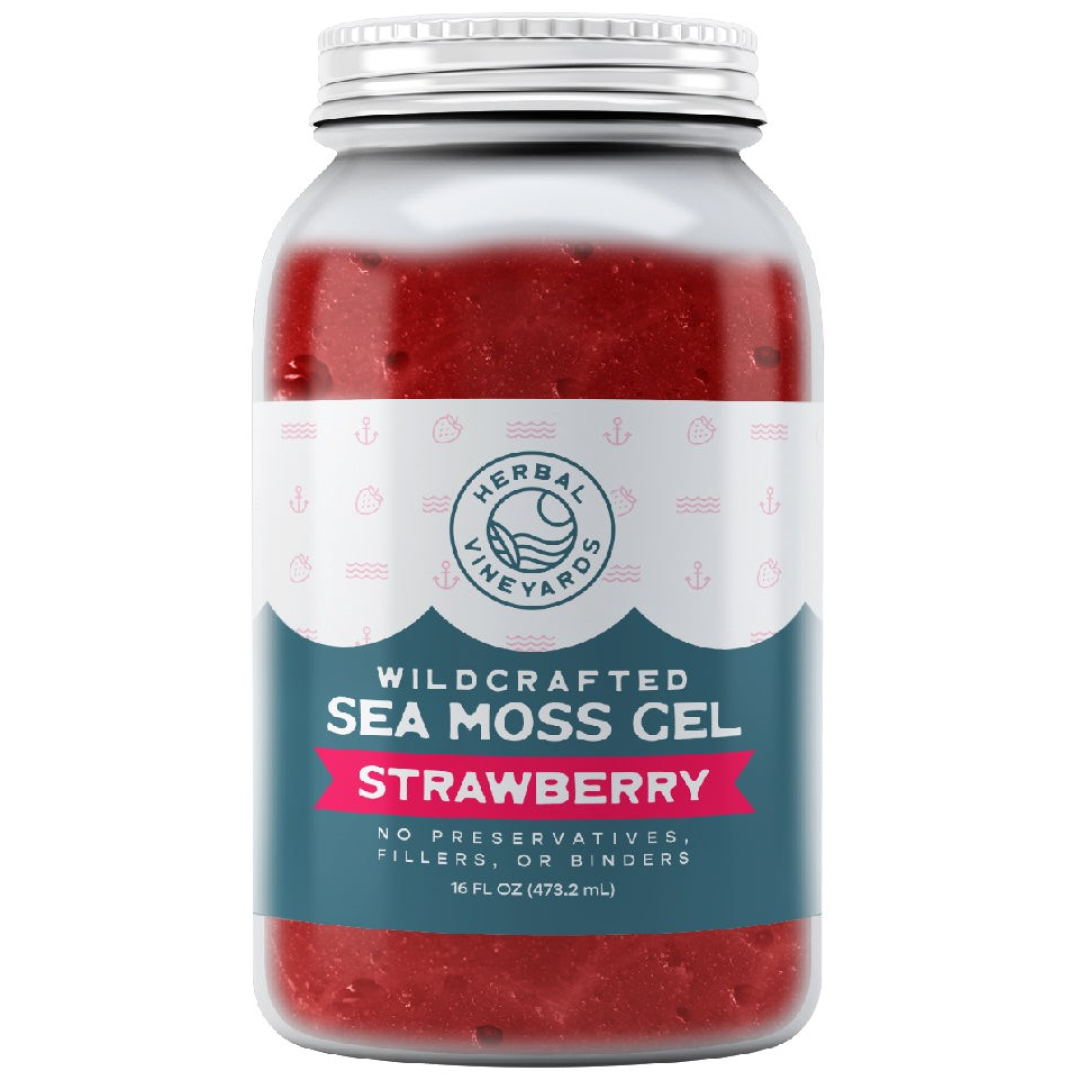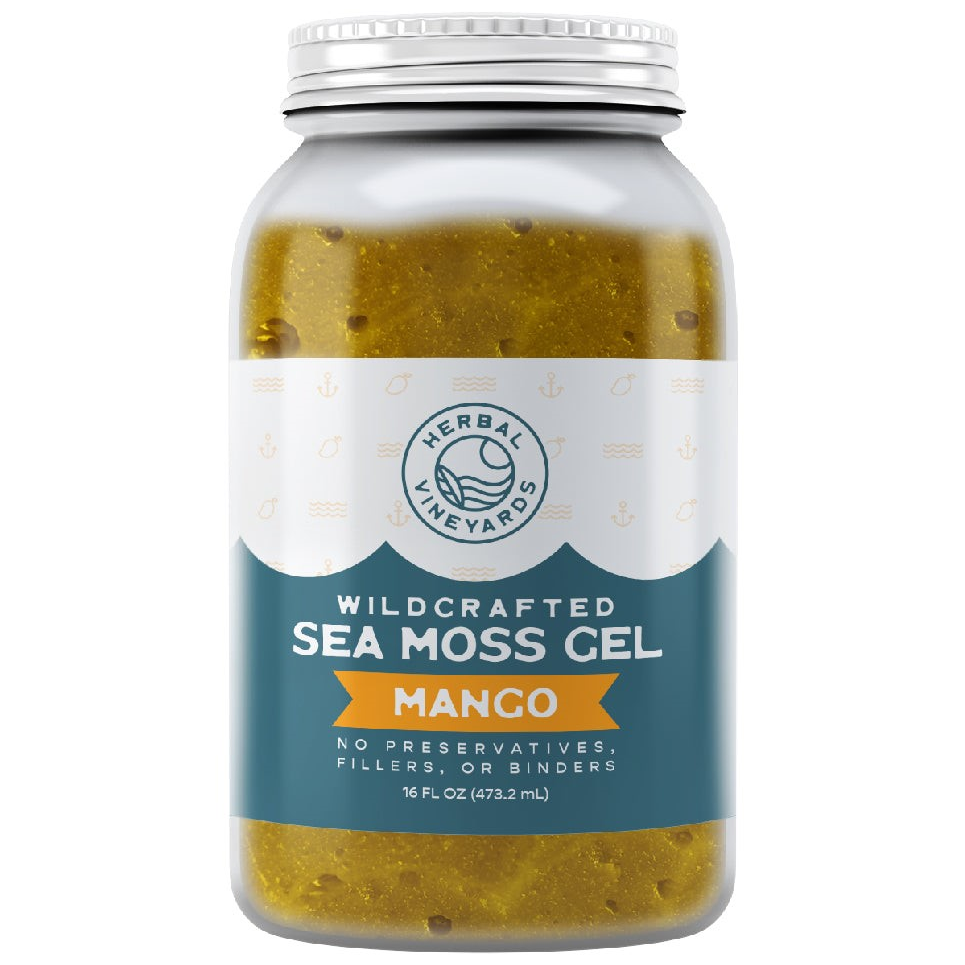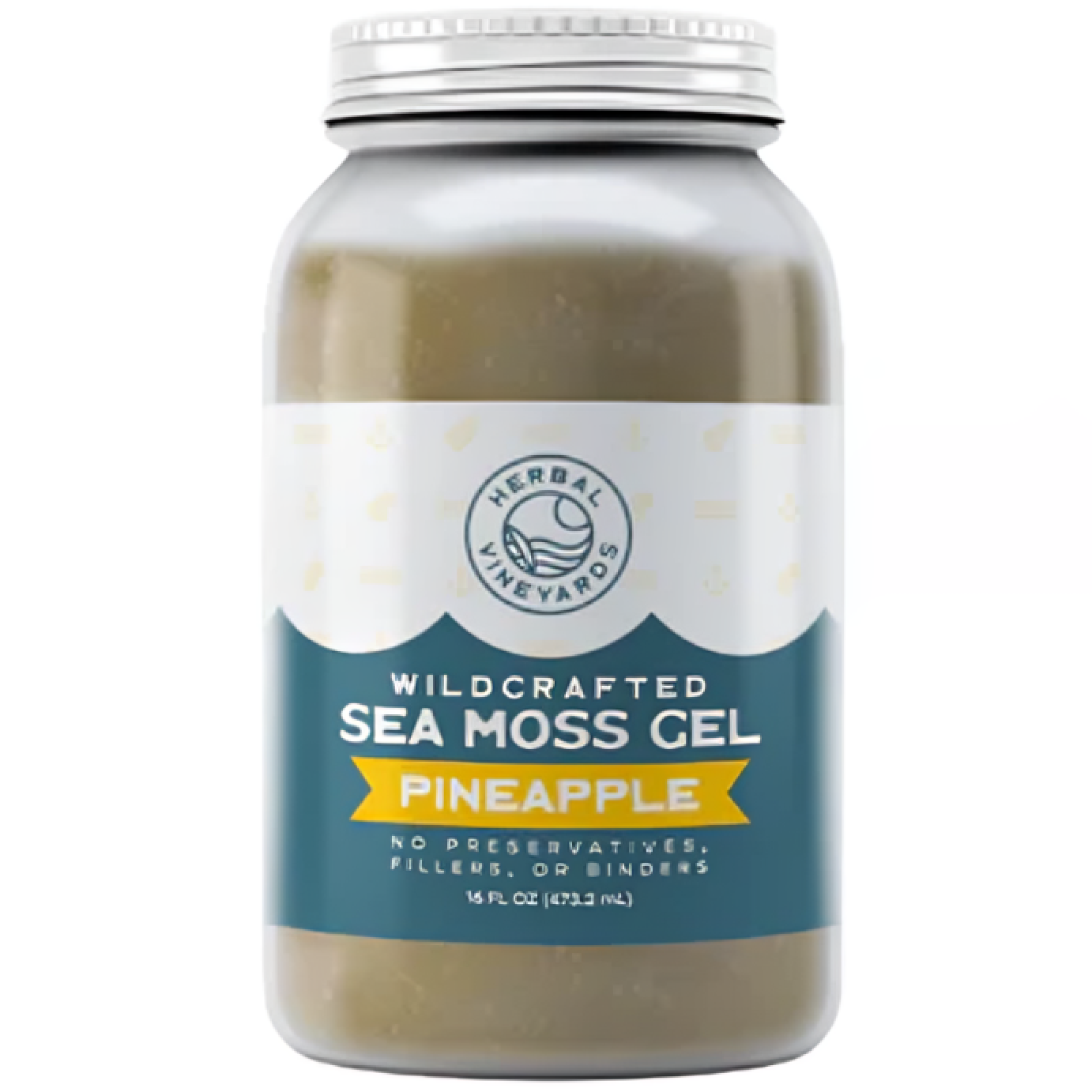The Critical Need for Global Standard Testing in Sea Moss Sourcing
Sea moss, often praised as a superfood, has gained popularity due to its high mineral content and potential health benefits. This marine algae has become a common item in the wellness market, available in forms like capsules, gels, and powders.
However, this surge has surpassed the establishment of unified, global standards for its safety and quality. The absence of universal testing standards for sea moss sourcing poses a considerable, yet frequently disregarded, threat to consumers and the authenticity of the rapidly growing industry.
What’s the Problem?
The main difficulty stems from the characteristics of sea moss.
As a substance that flourishes in the sea, it inherently takes in all elements from its surroundings, both beneficial (vital minerals such as iodine and magnesium) and harmful.
More importantly, the harmful elements include possible pollutants like heavy metals (lead, mercury, cadmium, arsenic), microbial pathogens (such as E. coli or Salmonella), and pesticide residues from farm runoff.
In the absence of standardized, thorough testing, the purity and nutrient composition of a sea moss product can fluctuate significantly between batches, brands, or locations of harvest.
The Solution: Safeguarding Consumer Well-being and Trust
The main reason for creating international testing standards should be consumer safety. A buyer of sea moss anticipates a product that enhances health. If that product contains heavy metals above safe regulatory limits, it can present significant long-term health hazards, such as neurological and developmental problems. Similarly, the presence of pathogens resulting from inadequate handling or processing can lead to foodborne diseases.
At present, regulatory entities such as the FDA in the U.S. and the European Food Safety Authority (EFSA) provide guidelines, yet a disjointed testing system results in inconsistent standards being applied throughout global supply chains. A universally accepted protocol would unify the analytical techniques, making certain that third-party lab results from one nation are comparable and equally dependable in another.
This cohesive strategy would require testing for a wide range of contaminants, not only heavy metals but also microbial presence, and, importantly, confirm the nutritional value, especially for fluctuating nutrients such as iodine. This openness fosters the essential trust and confidence that are crucial for a developing, natural product industry.
The Hurdles: Guaranteeing Product Uniformity and Sector Integrity
In addition to safety, standard protocols are crucial for preserving product quality and uniformity. However, factors in the natural environment, such as water temperature, currents, and the surrounding ecosystem, can significantly influence the composition of sea moss. One batch might be abundant in a specific mineral, whereas the subsequent one, collected just a few miles away or months later, could be lacking or have increased moisture levels, influencing its shelf stability.
For producers, this inconsistency presents a significant obstacle, rendering uniform formulation and labeling almost unfeasible. Global testing standards would require comprehensive batch-specific analysis, including a defined maximum acceptable range for elements like carrageenan content (which affects texture) and moisture level (which affects shelf life).
Final Thoughts
This shift towards standardization will aid in fighting market fraud and contamination among sea moss products. In a competitive market, mandating traceable, standardized testing information from the harvest location to the finished packaged item serves as the industry’s strongest protection.







